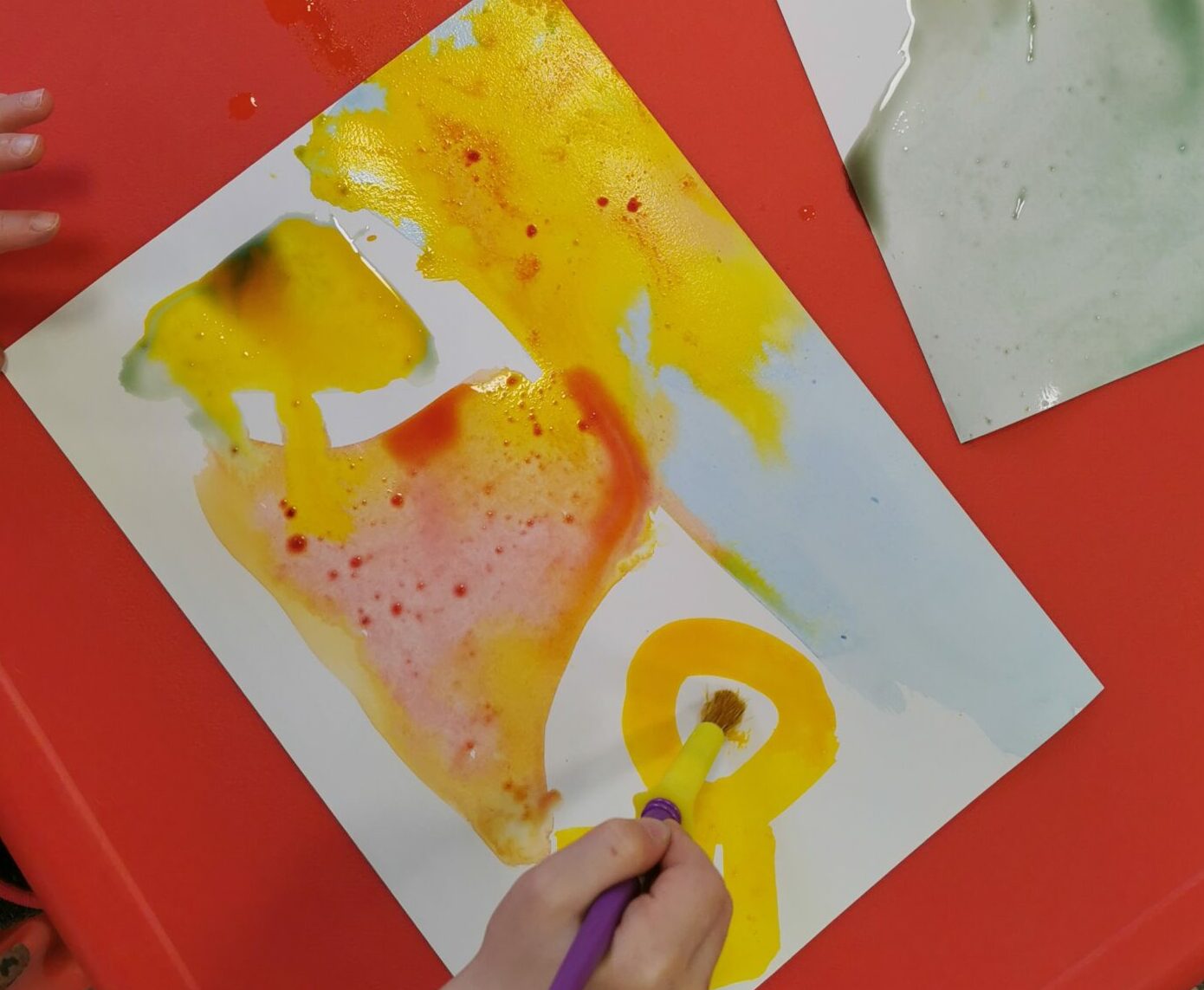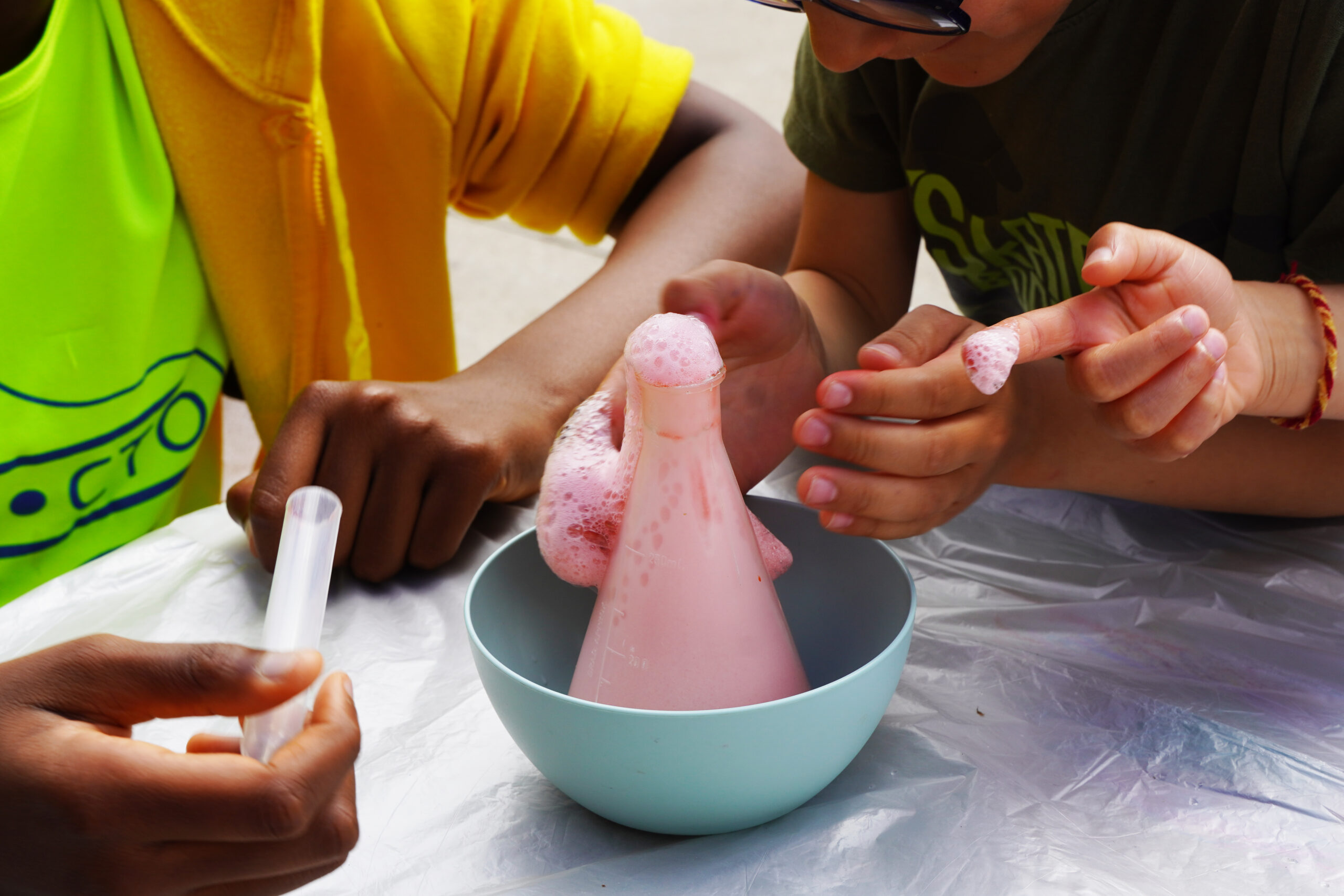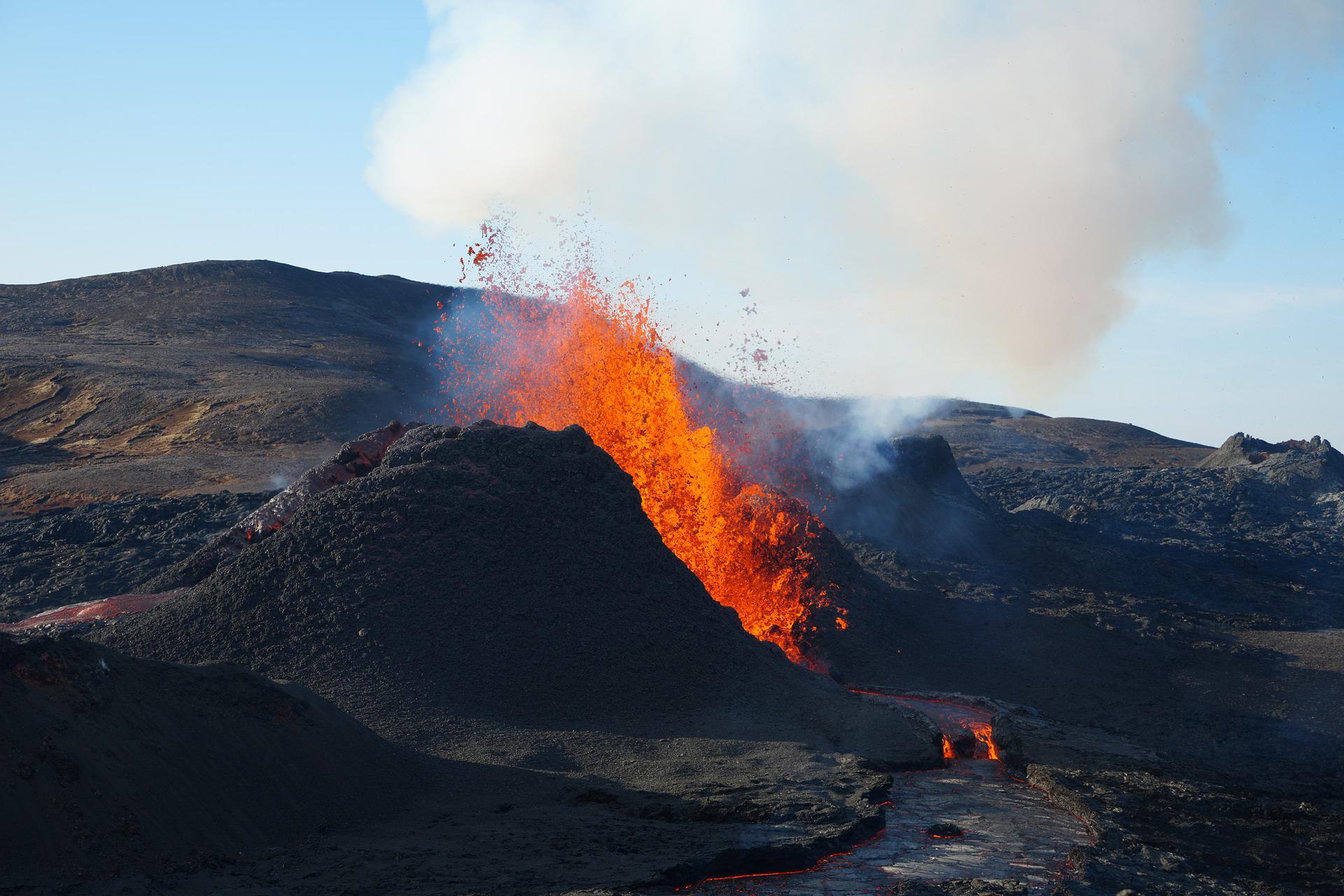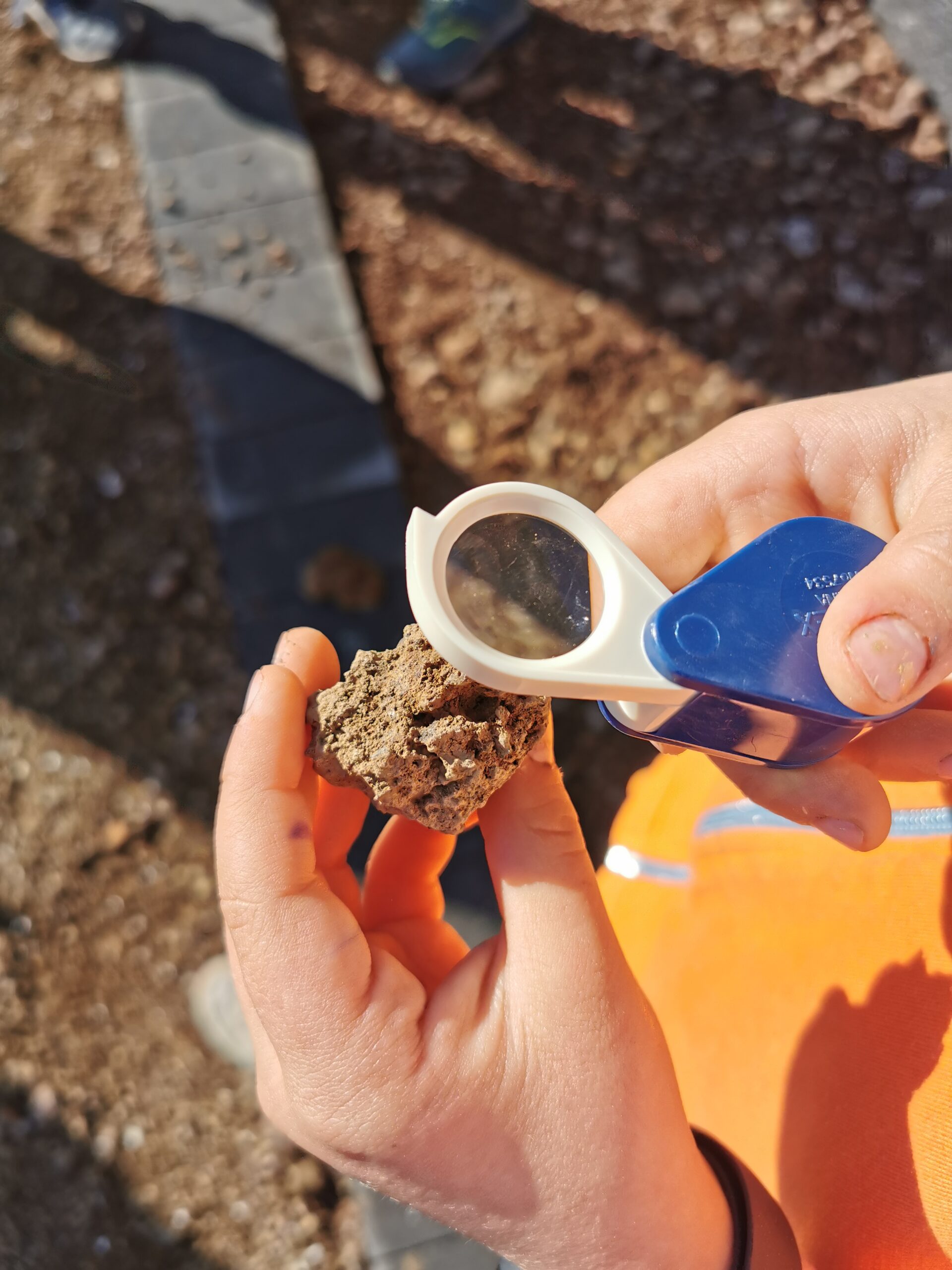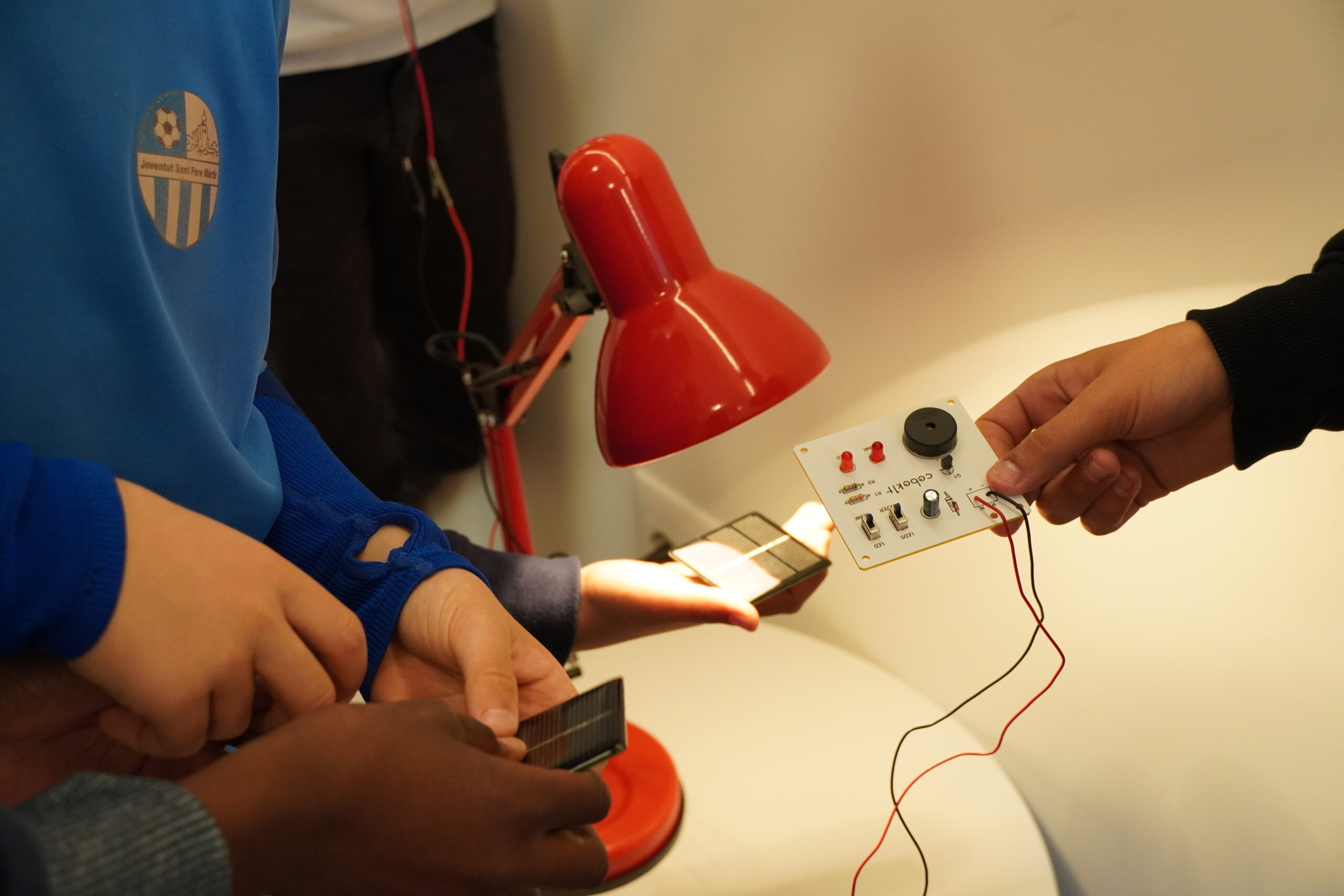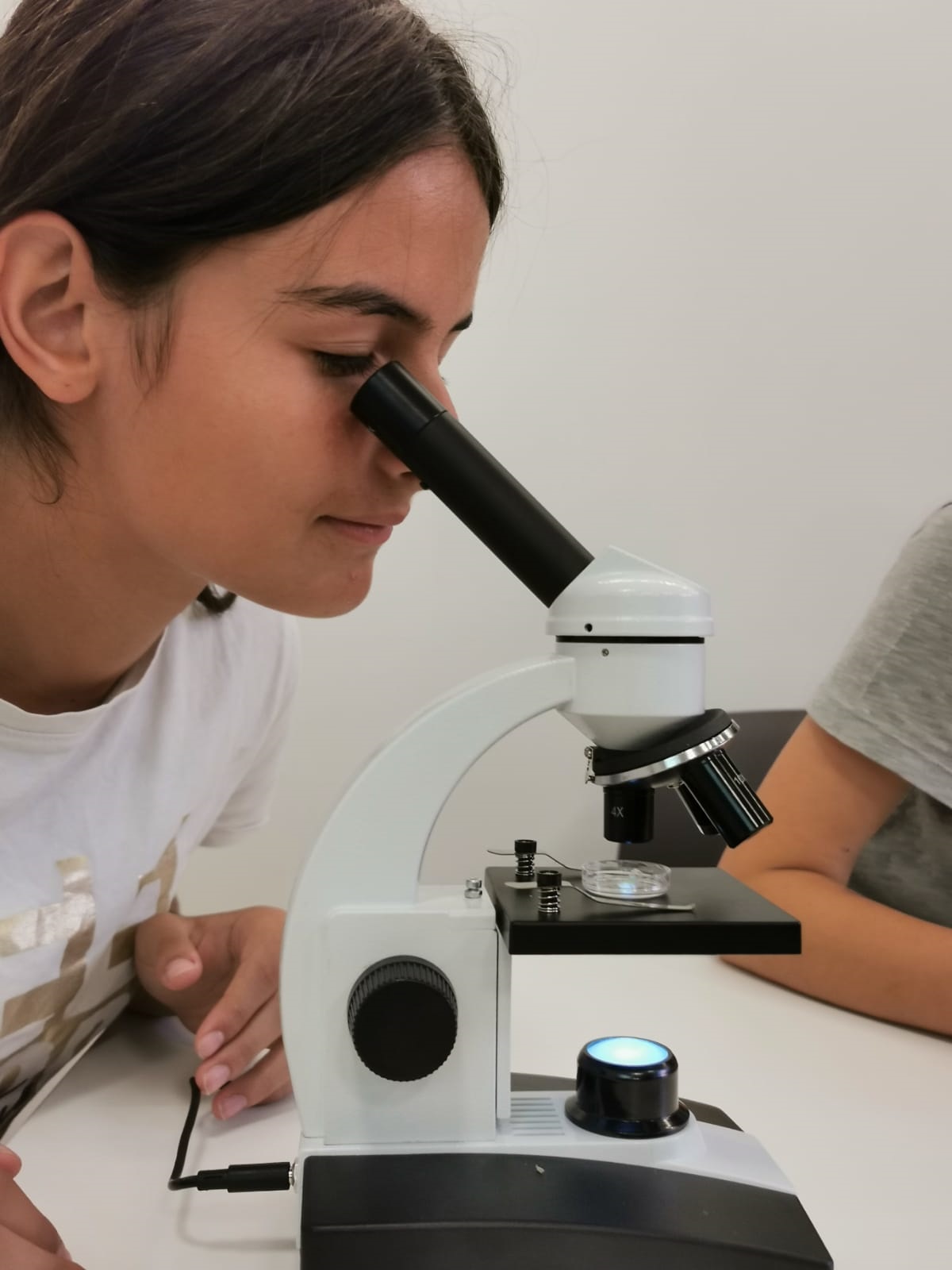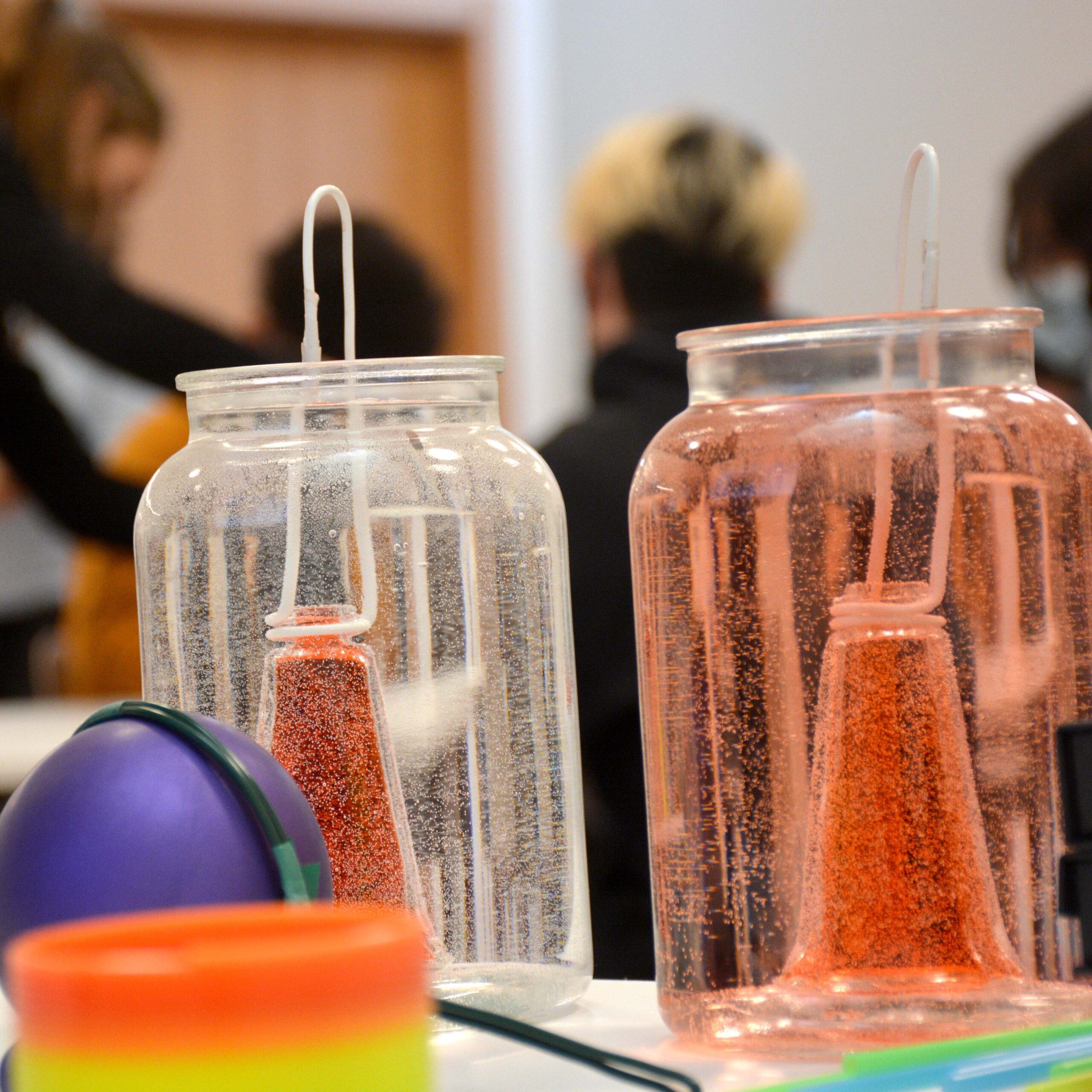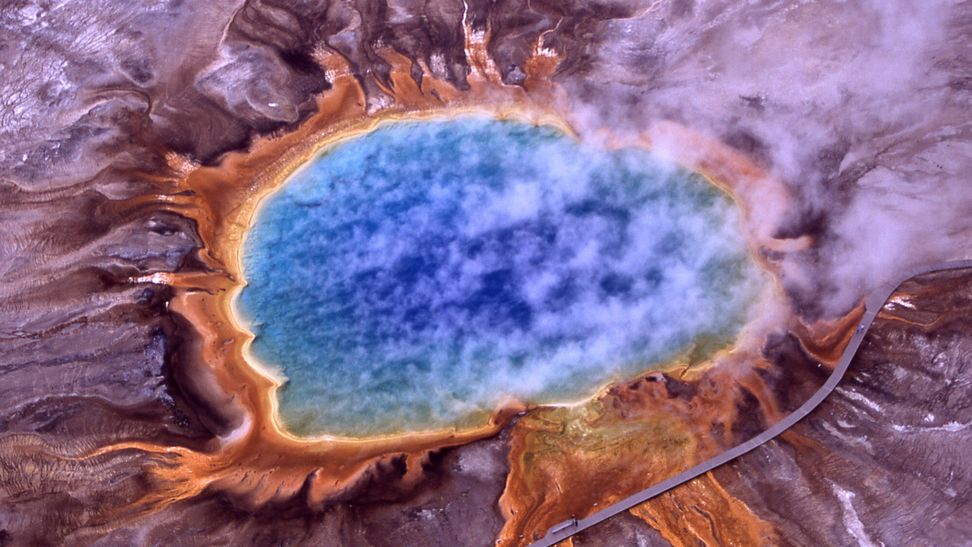What colors do we find in nature? We observe our environment to discover them, reveal how natural pigments were extracted in the past and we will experiment to extract our pigments from fruits and vegetables. Then, we will see paintings of volcanic landscapes made by renowned artists from La Garrotxa and we will become artists to make a work of art with our natural paints. An activity where science and art go hand in hand.
You’ll feel what it is to be a volcanologist, to discover through experimentation, what a volcano is like, its different parts and that not all volcanoes are the same. You’ll then get the chance to create your own volcano and make it erupt. After that we’ll be looking at a traditional drystone wall, and we’ll play with creating constructions from volcanic materials, just like the people of La Garrotxa did, many years ago; the idea is to show the close relationship between volcanoes and people that has formed part of this region’s identity.
Is a volcanic eruption coming? In this activity, we reveal the mysteries of the Earth’s interior and experiment to discover that waves created inside the Earth are responsible for earthquakes. We will then put ourselves in the shoes of geologists who are experts in building a tool capable of detecting earthquakes and possibly volcanic eruptions. We will make our seismograph.
Discover the territory of La Garrotxa through an escape room at the Espai Cràter. The activity invites you to get to know the territory, realize how the landscape is transformed over time, and become aware of its value. During the activity, participants reflect on the impact of human activity on the landscape to learn about the need to take care of the territory and adopt sustainable living habits.
A team of scientists is asking us for help to find out if Espai Cràter is really inside a volcano. We will be acting just like geologists and carrying out scientific research, putting scientific method into practice. To perform our investigation, we’ll be collecting samples in the field, before analysing them in the laboratory, where we will go on to look at the properties of the minerals found (their porosity, magnetism, electrical conductivity, fluorescence, etc.) and so be able to confirm our hypothesis.
After that we will look into the work of volcanologists, how they work and what tools they use, and we’ll see how a seismograph works. Finally, we’ll look at why it is so important to look after the environment and find out about social movements like “Salvem els volcans” (Save the volcanoes), before making a short video to help promote sustainability.
Using experiences, models and prototypes, you will find out what energy is and how it is transformed. You’ll also discover how humans have learned to use different sources of energy throughout history.
Afterwards, we’ll be visiting the Espai Cràter geothermal installation and we’ll do experiments to find out how it works. Students will then be provided with a variety of materials to design and make prototypes of green, energy-powered facilities.
Finally, we will be looking into the importance of using renewable energy sources for environmental conservation and the fight against climate change.
Are you ready to go back in time? In this activity we will be revealing the key role of volcanoes in the origins of life on Earth and we will be acting as scientists, following the evolutionary trail. We will be looking at cells under a microscope and discovering the differences between animal and plant cells. This experiment shows how photosynthesis brought about the changes that made life as we know it possible.
We will then investigate fossils that show the evolution of different species in the animal kingdom and see how volcanoes have influenced numerous extinctions. We will finally be extracting our own DNA, the key to evolution itself!
What is the interior of the Earth like? Are the rocks that form the core and the crust the same? In this activity, we will travel to the interior of the Earth to find out about its composition and discover, through experimentation, what the rocks that make up the geosphere are like. We will then learn to distinguish them from minerals and recognize the different types of rocks according to the process of formation. We will then investigate the different characteristics and properties of minerals (colour, hardness, streaks, opacity, etc.) through observation and experimentation.
Finally, we will reflect together on the social, economic, and environmental impact of the anthropic exploitation of rocks and minerals over the years and we will learn about the specific case of clay extraction in La Garrotxa.
You will become geophysical experts and using laboratory experiments, see how the Earth and its geographical features were formed: What is our planet like inside? Why do tectonic plates move? How do they relate to volcanic activity?
You will also experiment with creating different types of geographical features to see how the forces applied shaped the earth’s crust. You’ll also learn about different types of volcanic eruptions, their characteristics, and what makes an eruption more or less violent. Finally, we will transfer all our knowledge to La Garrotxa, to see the geological processes that have given shape to the unique landscape of this area.
In this scientific research activity, we will learn about the different theories that exist about the origin of life and reveal the key role of volcanoes in this field. We will discover the clues to the evolution of life and observe different types of cells and organisms under the microscope to identify their characteristics.
Finally, we will understand the importance of photosynthesis for the emergence of new forms of life, through experimentation, and investigate the evidence for evolution through the fossil record.
